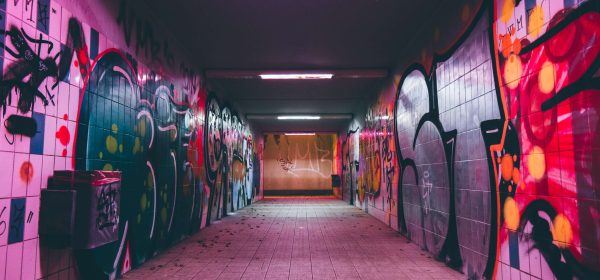Public art installations play a vital role in transforming urban landscapes, adding vibrancy, cultural significance, and aesthetic appeal to city streets and public spaces. From sculptures and murals to interactive installations and multimedia projects, public art has the power to engage communities, spark dialogue, and inspire creativity. In this article, we’ll explore the significance of public art installations and how they contribute to the enhancement of cityscapes worldwide.
Cultural Enrichment
Public art installations reflect the cultural heritage, values, and diversity of a community, enriching the urban environment and fostering a sense of identity and belonging among residents. By showcasing local artists and celebrating cultural traditions, public art installations contribute to the preservation and promotion of cultural heritage within cities.
Community Engagement
Public art installations have the unique ability to engage and involve communities in the artistic process, fostering collaboration, creativity, and a sense of ownership among residents. Whether through community-led projects, participatory workshops, or interactive installations, public art encourages active participation and dialogue, strengthening social bonds and promoting inclusivity.
Urban Revitalization
Public art installations serve as catalysts for urban revitalization, transforming neglected or underutilized spaces into vibrant cultural hubs and gathering places. By revitalizing streets, parks, and public squares with art, cities can attract tourists, stimulate economic growth, and enhance the overall quality of life for residents.
Inspiration and Creativity
Public art installations inspire creativity and imagination, sparking curiosity, contemplation, and wonder among viewers. By challenging conventional perspectives and pushing boundaries, public art encourages people to see the world in new and unexpected ways, fostering a sense of inspiration and innovation within communities.
Environmental Awareness
Public art installations can also raise awareness about environmental issues, sustainability, and social justice, sparking important conversations and prompting action to address pressing challenges. Whether through eco-friendly materials, themes of conservation, or messages of social responsibility, public art has the power to educate, inspire, and mobilize communities toward positive change.
In conclusion, public art installations play a significant role in enhancing cityscapes, enriching communities, and fostering cultural, social, and economic development. By celebrating local culture, engaging communities, revitalizing urban spaces, inspiring creativity, and raising awareness about important issues, public art installations contribute to the vibrancy, diversity, and livability of cities worldwide. As cities continue to evolve and grow, the importance of public art in shaping and enriching urban environments cannot be overstated, highlighting the transformative power of art in our everyday lives.



